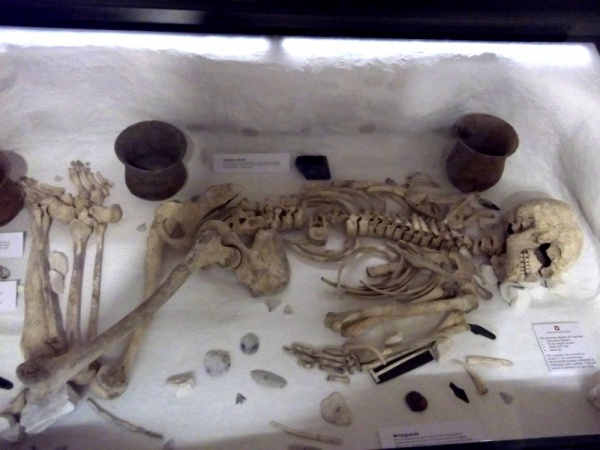Facts About Amesbury Archer
In 2002, archaeologists made a remarkable discovery near Stonehenge in Amesbury, England: the grave of an early Bronze Age man, now known as the Amesbury Archer. His burial site contained a wealth of intriguing artifacts, including arrowheads, gold items (the oldest ever found in England), funerary pots, copper knives, and flint-knapping tools. These objects suggest he was a skilled coppersmith, likely originating from central Europe. Today, you can see his skeleton on display at the Salisbury Museum.
Nearby, researchers also uncovered another grave, believed to belong to a younger man who might have been related to the Archer. This individual exhibited a rare hereditary anomaly, adding an additional layer of interest to the discovery. Both graves were found in proximity to those of the Boscombe Bowmen, another significant archaeological find.
When the Archer was first unearthed, the media quickly dubbed him the "King of Stonehenge" fueling speculation that he might have had a role in constructing the famous monument. However, more recent archaeological studies suggest he might have been a pilgrim drawn to Stonehenge for its purported healing powers. His grave is particularly important because it highlights connections with Continental Europe, early copper smelting practices, and the spread of Beaker Culture pottery.

 Ireland
Ireland